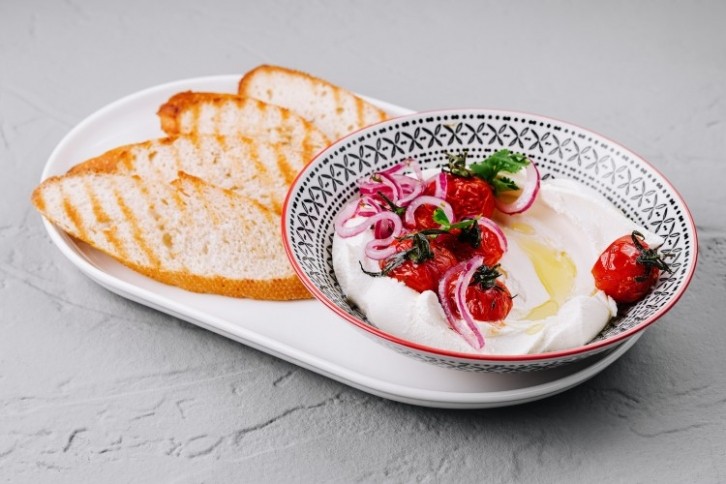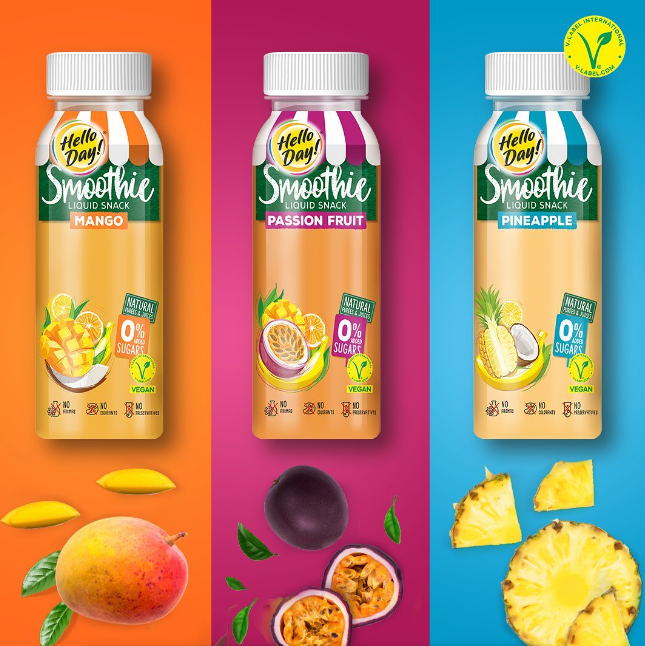‘Consumers are constantly looking for novelties’: Agus on expanding in the Middle East, trade challenges and category diversification

“Recent years have been extremely challenging for the dairy sector,” opens Jaroslaw Banda, the company’s communications director. “Volatility in dairy prices, as well as increase in energy costs, geopolitical tensions, changes in transportation and environmental guidelines are all relevant here.
“Dairy sales in 2023 and the beginning of 2024 have been characterized by a significant drop in prices compared to 2022. Price volatility has negatively affected producers, processors and the end customer. Combined with the drastic increase in energy cost of production, particularly of milk powder, such a situation leads to uncertain demand for dairy products, declining volumes and revenues for many major dairy players.”
He added that geopolitical tensions, labor shortages and environmental pressures have also had an impact on the company’s supply chain. “We managed to optimize loading capacity in the container over sea transport, which has a great impact in reducing carbon emissions,” Banda explained. “Partnering directly with shipowners helps Agus to manage and track the shipments of our products all over the world. It enables to prevent delays significantly impacted by the current situation in the Red Sea or the Suez canal, which was blocked last year.”
Warsaw-based Agus is known for its range of dairy powders and ingredients for foodservice and industrial uses, from fat-filled milk powders to creamers and instant milk powders. Banda told us that there has been an increase in demand for fat-filled milk powder in recent years, though the product's lower cost isn’t the only factor behind this trend.
“Customers expect excellent quality and performance, in every possible application,” he said, adding that fortification with vitamins to meet specific nutritional needs and the product's versatility is what makes it so appealing. “Its excellent instant quality makes it an easy-to-use product for end consumer applications, like beverages," he added. "It is a cost-competitive and functional alternative to whole milk powders for a range of different applications such as dairy drinks, yogurts, coffee and tea whiteners.”
Two of the company’s major markets are Africa and the Middle East, its powders leveraged in the production of staple dairy products such as labneh, ashta and others. Middle Eastern cuisine has been increasingly popular in the West, with Unilever Food Solutions reporting that za’atar, a spice blend, features on 44% more menus over the past 4 years, with labneh, a strained yogurt spread, is also trending in the foodservice industry thanks to its versatility; it can be used as a dip but also form part of a larger meal.
“Consumers are constantly looking for novelties - they are fascinated by new flavors, aromas, textures,” Banda told us. “This applies to dairy products as well.
“We function in times when we can have a typical English breakfast, go to a Japanese restaurant for lunch, and prepare dinner according to a recipe from the Middle East.”
"We are glad that Agus, through its products, is influencing the growing popularity of Arabic cuisine; a special formula of Agus’ fat filled milk powder allows our clients to improve the yield and texture of the final product such yoghurt, labneh and ashta.”
Besides influencing taste trends, the Middle East, India and South Asia remain key markets for European dairy food and ingredient producers, but each region has its specificities. A 2023 survey conducted by The National revealed that 58% of young consumers from the Middle East – the region’s largest demographic - would boycott brands that are seen to contribute to climate change. In South Asia, factors such as dwindling birth rates and legislation that incentivizes local producers pose challenges for importers, as do different taste preferences.
“To effectively adapt to the market dynamics in the Middle East, India and South Asia, products need to meet the preferences and tastes of consumers in these regions,” Banda told us. “This may involve adapting flavors, textures, packaging sizes, and formulations to align with local preferences and dietary habits.
“Agus’ expansion and diversification is focused mainly on increasing sales in emerging Asian markets, due to their higher dairy consumption growth. This is an excellent opportunity to develop the company and its products.”
Outside of dairy, the company has branched into beverages. “Category diversification into Hello Day! Smoothie or Hello Day! Magico is the response to ever-evolving consumer needs and changing eating habits,” Banda explained. “These are the reasons why we continue to discover new fruit flavours from around world to create unique and adventurous taste experiences.
“At the same time, we are keen to meet the growing demand for healthier drinks - vegan, without added sugar. The brand's motto ‘Hello Day! Change Your Life!’ translates into real, everyday experiences for consumers, who no longer have to choose between quality, health, indulgence or great taste.”
Global demand for smoothies is forecasted to increase at a CAGR of 6.8% from 2023 to 2033, according to Fact.MR. Growing demand for smoothies is attributed to the increasing consumption of a wide variety of healthy beverages in emerging economies around the world, including dairy-based smoothies thanks to their perceived nutritional benefits. By the end of 2033, the fruit-based segment is estimated to account for more than 50% of the total revenue share of the category, according to the report.









